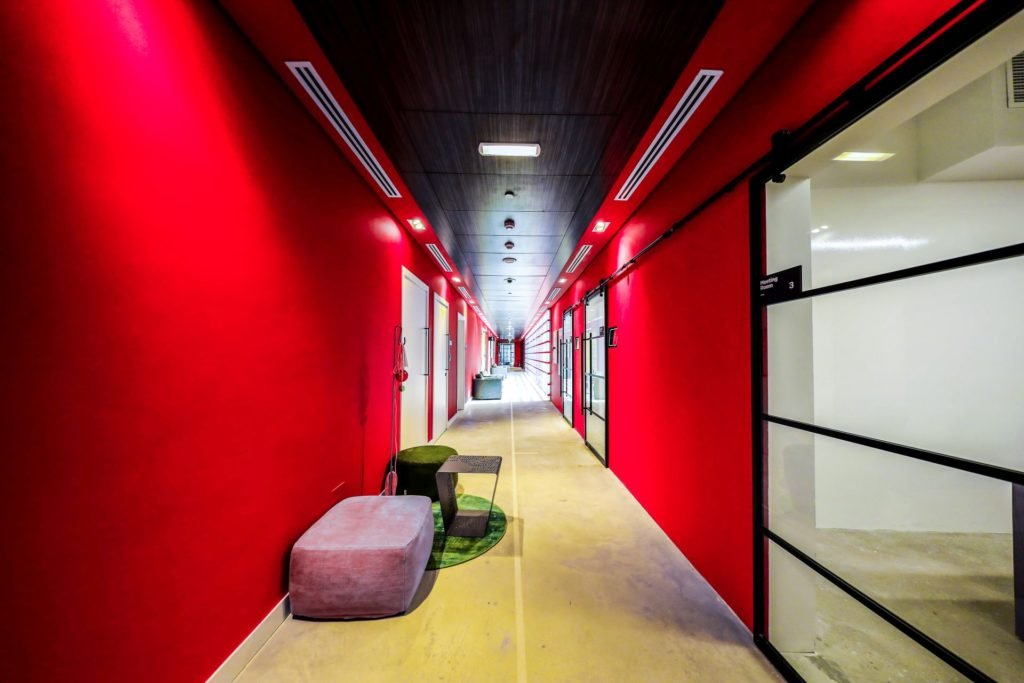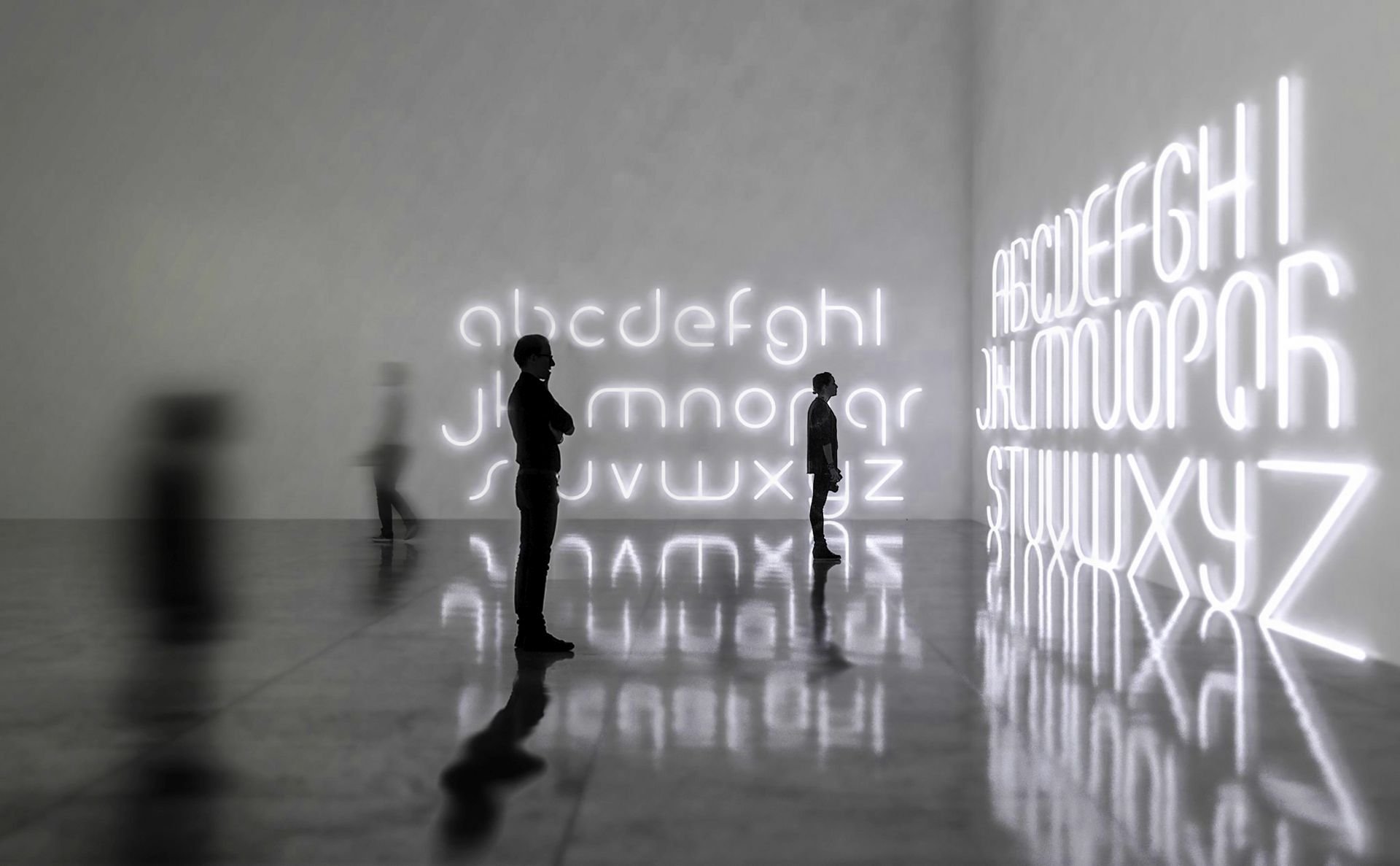Architects and designers frequently rely on cognitive biases in their design, using certain methodologies and principles that enhance our perception and experience of a space. Here are a few popular ones…
A psychologist and a designer enter a bar…
Not really, but now we have you hooked! This is a neat little trick taught in Psych 101, where you are drawn into reading further simply because the human brain loves novelty, and that surprise element lights up the pleasure centres of the brain. All that just from one sentence…
Now let’s scale this up. Imagine applying the principles of psychology to the built environment around us. Architects and designers frequently leverage behavioral psychology and our cognitive biases to design spaces. At the intersection of design and psychology lie fascinating methodologies that, when used, enhance our perception and experience of the space we interact with.
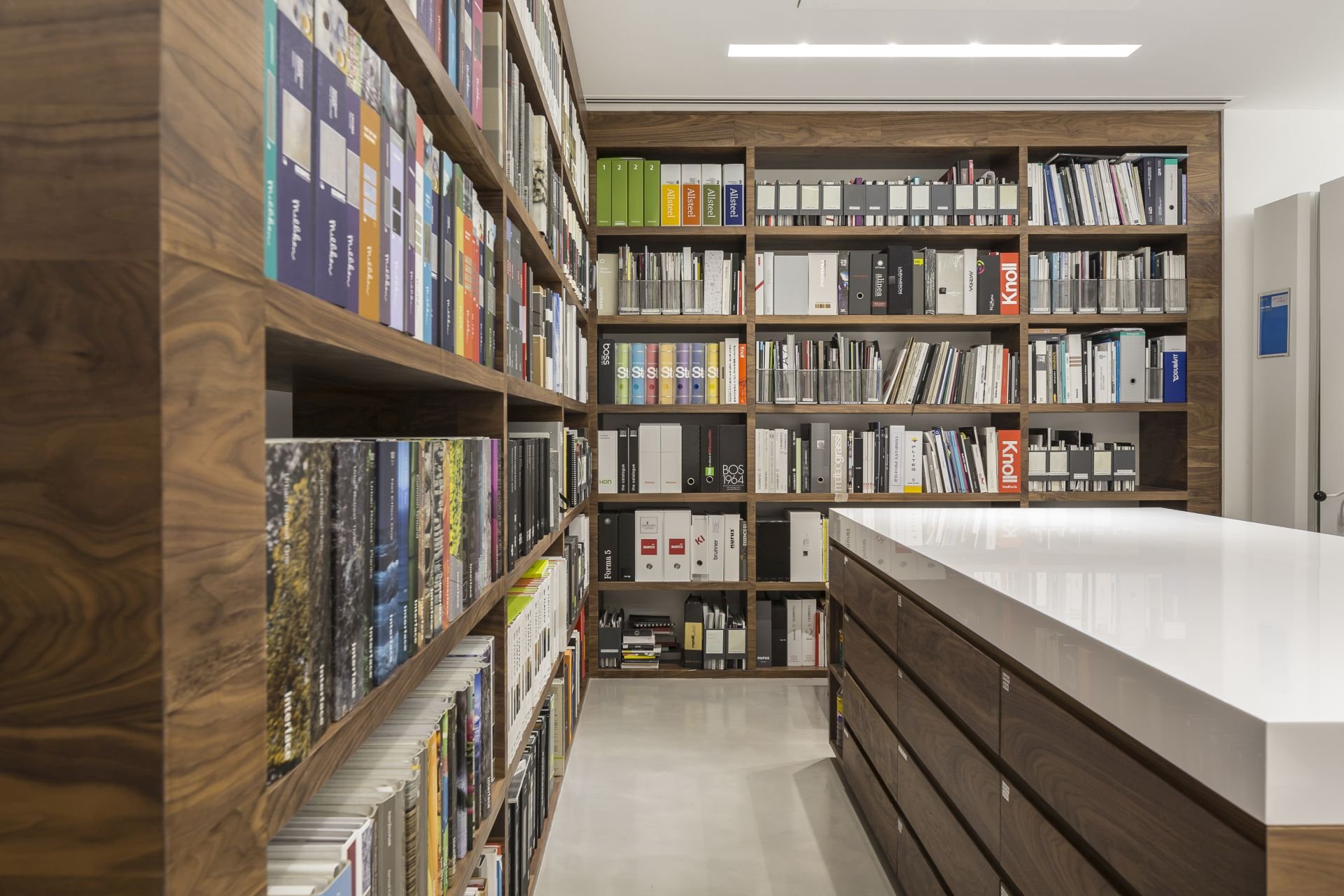
Diane Thorsen, Principal and Design Director at Perkins+Will Dubai, comments on how space influences our behavior. “Buildings change over time, and so do our attitudes towards them. Just as music influences our emotions, architecture and interior design have the ability to influence mood. One of my most favorite spaces, where humans respond as if in a trance, is a library, especially at a time when technology threatens to swallow us whole. Libraries remain in a time warp and are all about atmosphere – a unique experience in contrast to the contemporary city in which they sit. They are spaces that seem to stand still. The sound is amplified, and we experience a focused, quiet appreciation of the quality of light, the sight of rows of books as textures and patterns, and the people who are totally silent and engrossed in a lost art form.”
So, in the context of interior design, and in the interest of the general brevity of the online article reading crowd, here’s a tl:dr version of these very principles.
Perception of space
We spend 80 percent of our time indoors, which should logically mean that the way our spaces are designed plays a large part in affecting our mood and productivity. The connection isn’t explicit, but it’s there. Evolutionarily, our brains have been encoded to associate pleasure with places that increase our chances for survival, like an oasis or savannah. Although most of us no longer live in those environments, the characteristics of those environments are encoded in our brains and dictate our preferences within today’s built environment. As a result, people still associate shelter with pleasure, but in a more subjective manner.
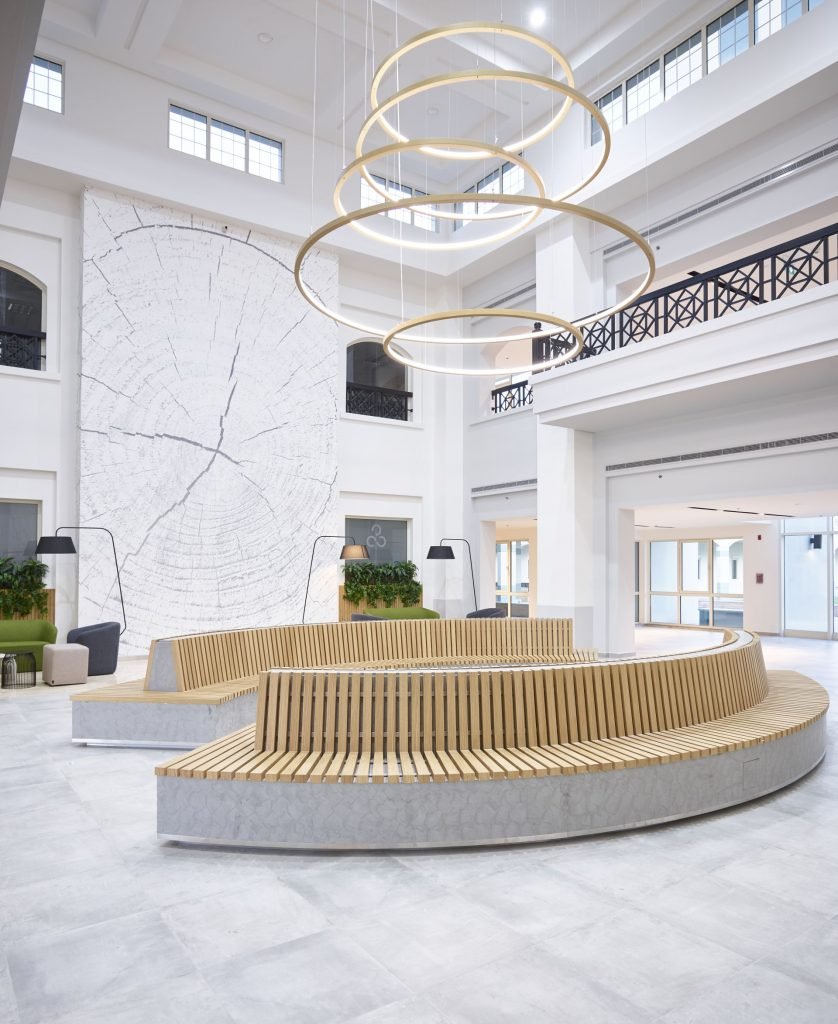
For a more relatable example, take a look at the heights of ceilings at some of your favourite spots. An experiment conducted by Joan Meyers-Levy, a professor at the University of Minnesota, examines the relationship between ceiling height and thinking style. What he discovered was that low ceilings were linked with a positive reaction in those looking for a conducive environment to focus. In contrast, high ceilings and lofty spaces were better for more abstract and creative ways of thinking and visualisation.
Symmetry and balance
Neuroscience and cognitive psychology indicate a connection between shapes and feelings. The symmetry of a space is connected to ‘perceptual fluency’, or ‘high fluency’, meaning the more fluently a person can perceive and process an object, the more positive his or her aesthetic response to it. That’s why we prefer symmetric shapes over asymmetric ones, they contain less information and are easier for the brain to process.
Pattern recognition
Humans have this phenomenal ability to not only identify patterns but to also use that information to plan ahead. To us, they represent consistency, organisation, and familiarity – a lack of chaos. In the world of architecture, it’s called Rhythm (divided into Alternation, Progression, Repetition, and Transition). And this is why we find interiors or buildings that incorporate Rhythm more – our brains are conditioned by evolution to associate those patterns with safety, security, well being and survival. It triggers a release of oxytocin, endorphin and DHEA, all resulting in a sense of pleasure.
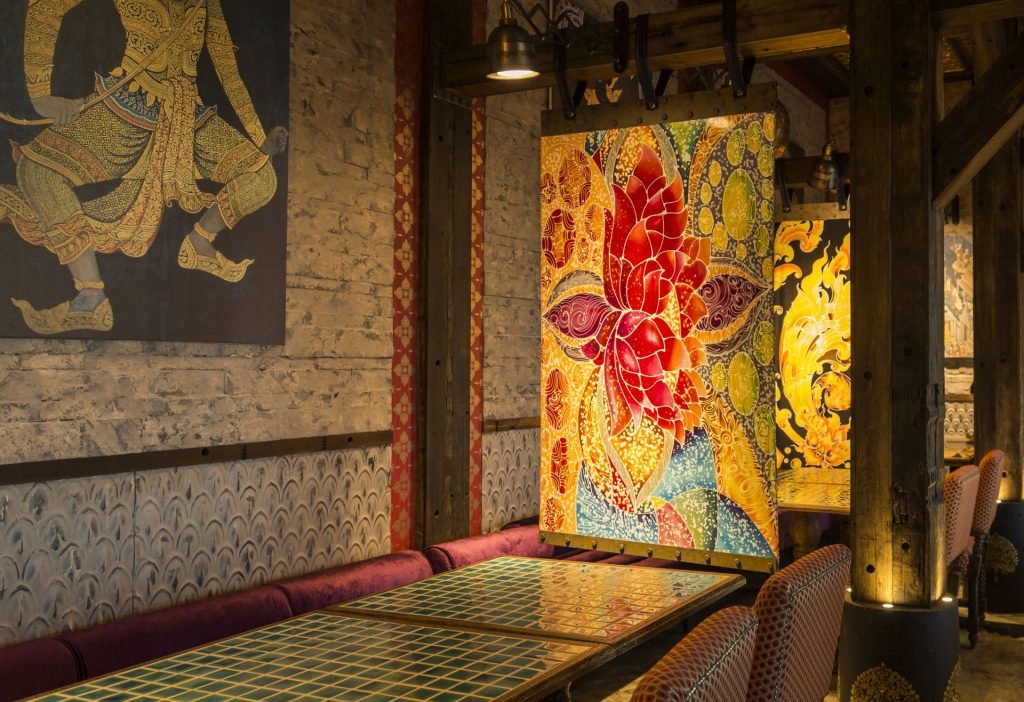
Mystery and the subconscious desire for excitement
Humans are naturally curious creatures. It’s how we have evolved to be the modern homosapiens we are today. We love a good bit of mystery. Research shows that including elements that invite deeper investigation, such as a doorway that gives a glimpse of another room, or a rug sporting an intriguing texture, create higher levels of interest and engagement in a space. This works especially well when designing homes.
Maja Kozel of Maja Kozel Design explains this concept to us, and how it isn’t as easy as it seems. “It’s essential to empathise with the people you’re designing for. Only then that you can understand their needs, thoughts, emotions and motivations. Only then are you able to implement the element of surprise. What this really does is it entails the use of unexpected spaces or elements. The real trick is knowing when to break the pattern (which isn’t as simple as it sounds). A design full of nothing but odd and unexpected elements won’t be perceived as beautiful, but rather disorienting. We aim to create an unexpected fluctuation just when we think we’ve figured things out, keeping the expected pattern always at hand as a reference point, and only then deviating from it.”
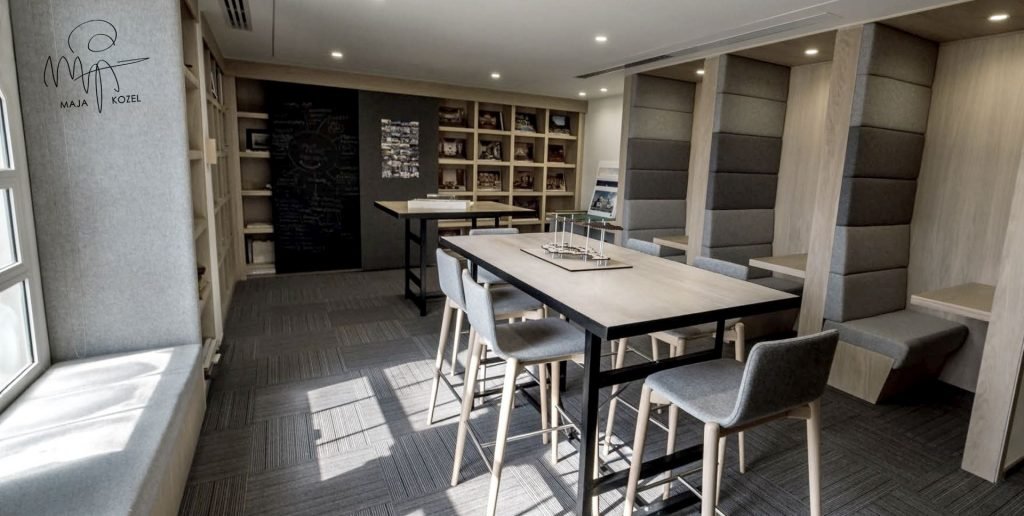
Symbolics
Branding specialist Martin Lindstrom talks about this in his book ‘Brandwashed’. He describes how our cognitive responses work when exposed to visual cues in our environment. “As you descend the escalator, you enter the realm of freshly cut flowers. These are what advertisers call ‘symbolics’ or unconscious suggestions. In this case, our mind’s letting us know what to expect. Brands and major companies love using this technique, playing with graphics and product placement in their receptions or entrances to set the tone for visitors or employees.
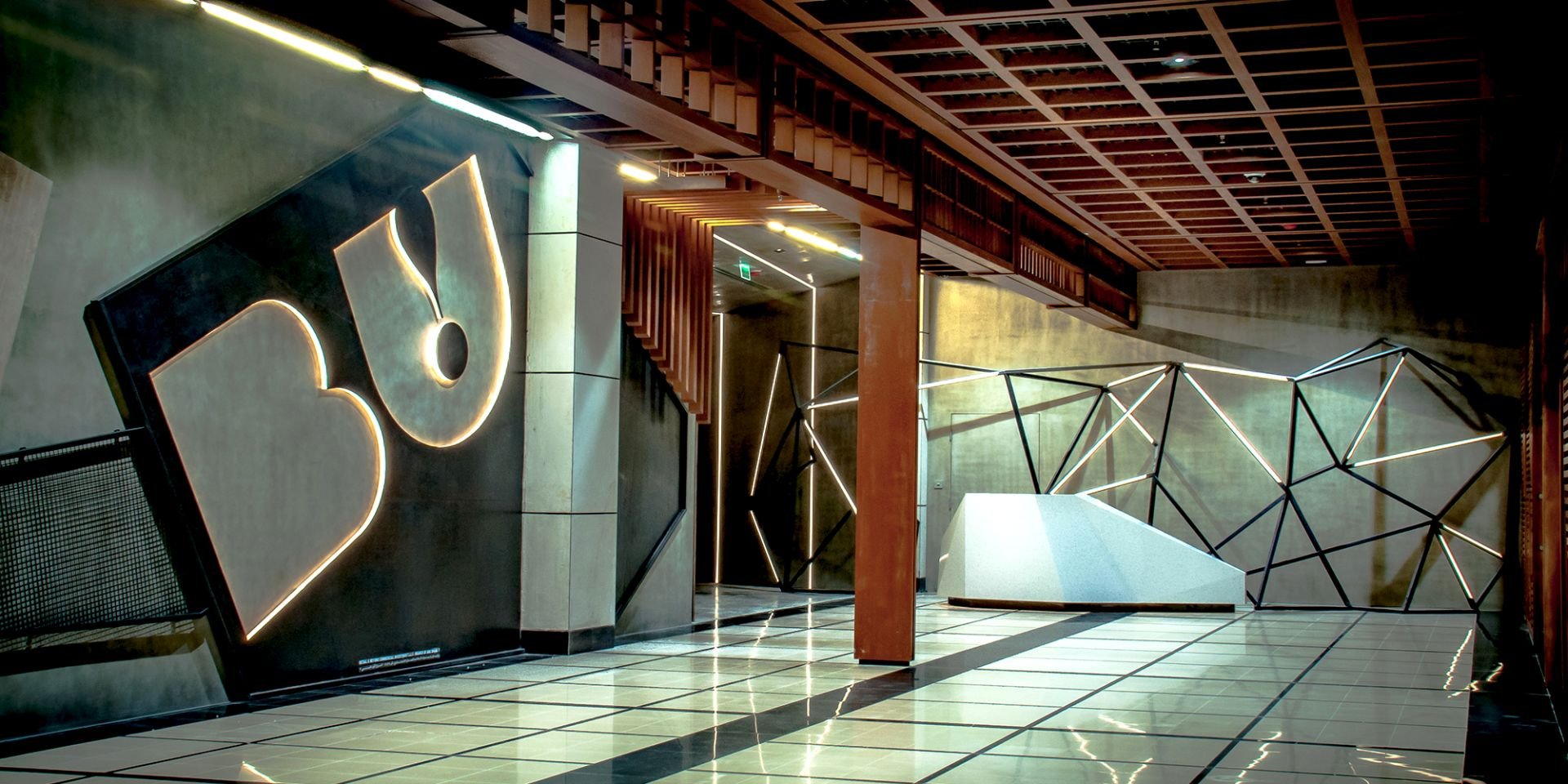
The psychological effect of colour on mood
Colour is a critical element in how we behave in a space. Interior designers pick colour based on the setting and the mood they want to invoke, which in turn is based on the type of work required.
A study published earlier this year in the Science journal found that our memory performs better when we’re surrounded by red, but our creative juices flow better, and we’re more imaginative, in the presence of blue. So if you’re working on something really detail oriented, like legal documents, you will want to be in a red room. But if you’re brainstorming ideas with your team, blue is the colour for you. Additionally, the right shade of blue has the phenomenal ability to calm and soothe the nerves. This is, in fact, believed to be so effective that stations across Tokyo have been installing small, square LED panels that emit a pleasant, deep blue glow to calm travellers’ nerves. This move was started with the intent of reducing the country’s high suicide rate.
